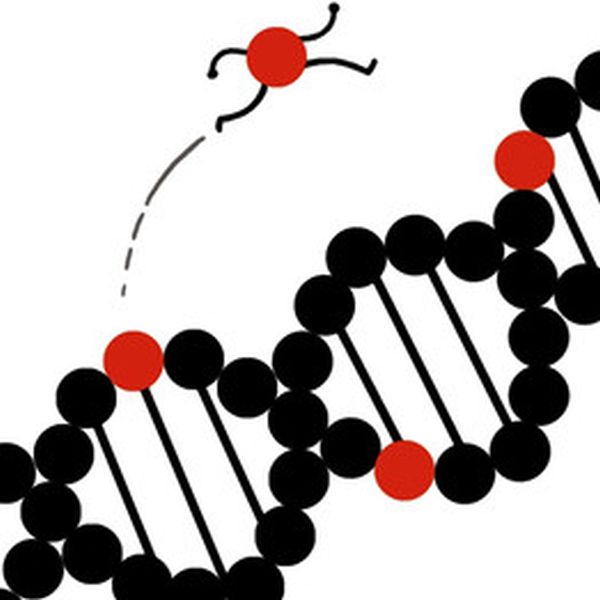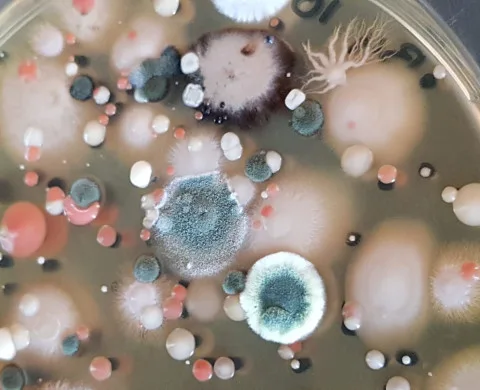Bacteria are the first organisms known to exist in the history of life on the planet Earth. Taken the time period into consideration, these micro-organisms have had surplus at their disposal hence, we can say that they have the ‘edge’ of thriving even on the bare minimum life supporting elements. This unique ability of bacteria has made one of the major reasons for researchers to study more about them.
Harsh environment signifies very less or no availability of nutrients, consequent upon which the microorganisms require fighting for their survival. So what could be the possible repercussions, but before that what leads the killing between the bacteria is what the researchers are busy studying about. For instance, they found that bacteria have developed antibacterial weapons, like injecting toxic enzymes that rupture the cell walls of the rival bacteria.
Slaying pathogens
Researchers studying the genome database while scouring existing repository for possible antibacterial toxins, were surprised to find that toxic genes that were the specialty of bacteria were also found in several other animals too, said study author Matt Daughterty. They believe that acquiring antibacterial defense by animals as seen in various species of ticks and mites, might be helping them in slaying unwanted pathogens.
Infusion of antibacterial toxic genes
Researchers suggest that these antibacterial toxic genes have become permanently infused in these animals via a process known as horizontal gene transfer. The process is more frequent for gene transfer in microbes, but rare incidents of gene transfer from bacteria to other complex organisms have been reported too. Though developing such defense mechanisms might have taken years to evolve, spreading within bacterial communities via horizontal gene transfer was relatively much faster.
Ticks and mites that accidentally joined these transfer processes of microbes had acquired the toxin genes. Ticks gut have pathogens that get delivered to animals that ticks feed on via their saliva. Researchers were more curious to know the mechanism in deer ticks that are famous for transmitting Lyme disease. The disease is actually caused by a bacterium, Borrelia burgdoferi. They noticed that the toxins from these genes help control bacterial population. And when researchers reduced toxin generation via genetic manipulation, the bacterial population increases drastically.
The use of toxins in other organisms apart from ticks is yet unexplored. The researchers are trying to figure out chances of other bacterial toxins that could have been transferred and got eventually remodeled to be used as a defense system by other animals. The horizontal gene transfer is definitely helping animals, but it’s a bad news for humans, because acquiring new sets of genes render bacteria resistant to drugs. Medical teams have to keep studying new strong and resistant bacteria variants and develop new drugs, vaccines and treatment accordingly.
Source: UW HSNewsBeat
Image: The Wall Street Journal





